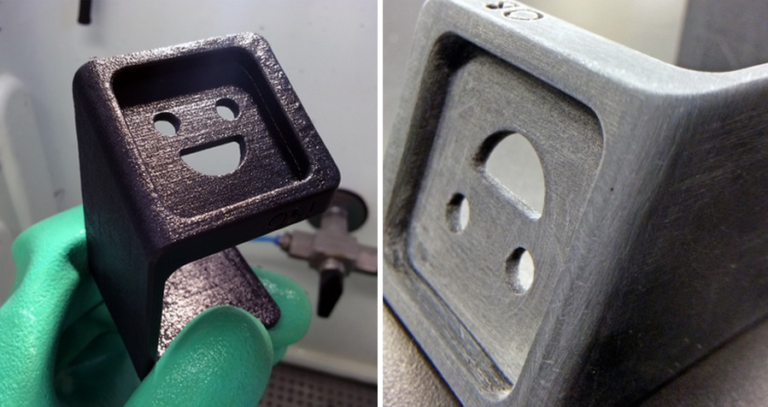About the material
PA 12 Glass Beads is a variation of the Nylon PA 12 material for HP Multi Jet Fusion. With 40% glass beads fill, parts made with PA 12 Glass Beads will have all the fine grain, high density and low porosity qualities of typical Nylon 12, but with a higher degree of stiffness and dimensional stability. Additionally, it’s less prone to warpage so it’s a great option for large or flat parts.


